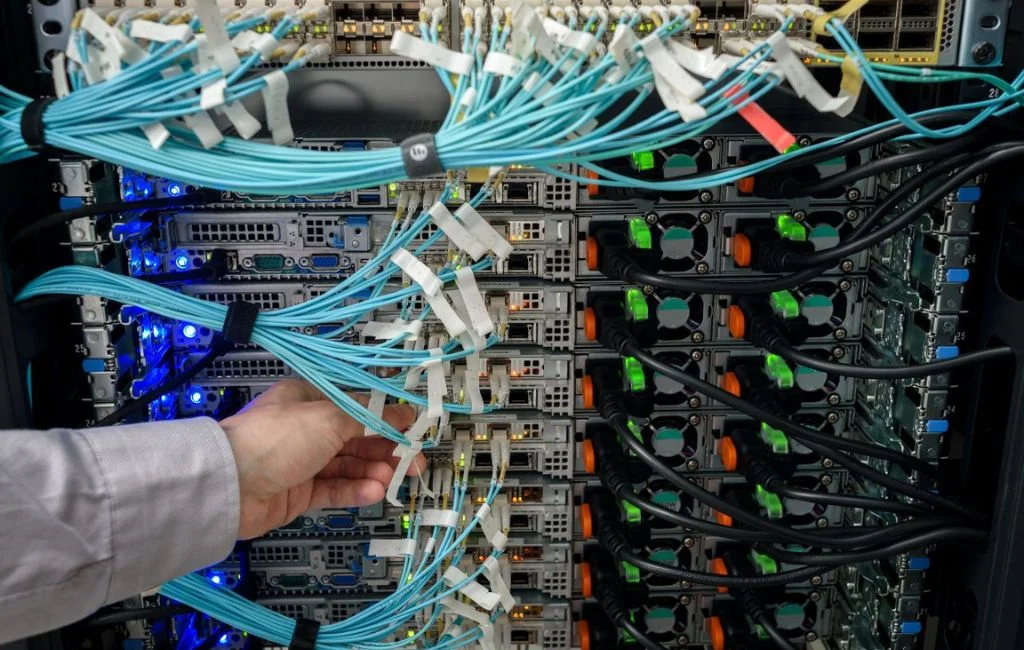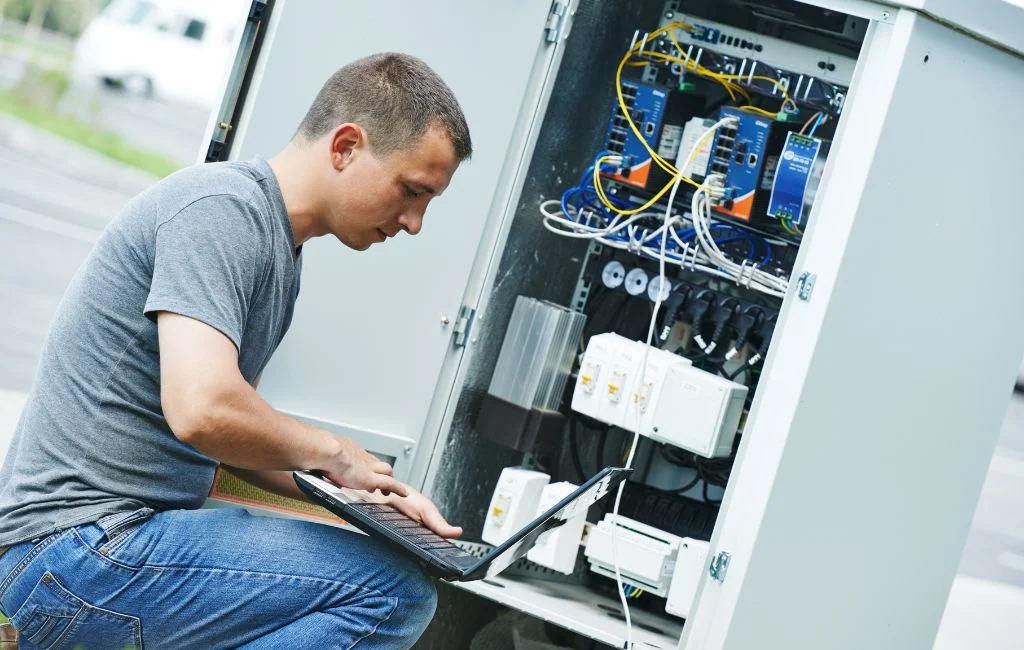
Introduction to Common Applications of Low Voltage Cabling
Are you looking to power up your home or office with the latest technology? Low voltage cabling might just be the answer! From enhancing communication systems to improving security measures, low voltage cabling has become an essential component in modern setups. Let’s dive into the world of low voltage cabling and explore its various applications across different settings.
Types of Low Voltage Cables and Their Applications
When it comes to low voltage cabling, there are various types of cables that serve different purposes. One common type is twisted pair cable, consisting of pairs of insulated copper wires twisted together to reduce electromagnetic interference. This type is often used for Ethernet networks in both residential and commercial settings.
Another popular choice is coaxial cable, known for its high bandwidth and durability. Coaxial cables are commonly used for television signals, internet connections, and security systems due to their excellent signal quality over long distances.
Fiber optic cables are also a key player in low voltage cabling technology. These cables use light pulses to transmit data quickly and efficiently, making them ideal for high-speed internet connections and telecommunications networks.
Each type of low voltage cable has its unique applications based on factors like speed, distance requirements, and environmental conditions.
Advantages of Low Voltage Cabling
Low voltage cabling offers numerous advantages that make it a preferred choice for various applications. One key benefit is its safety; low voltage systems reduce the risk of electrical shock, making them ideal for residential, commercial, and industrial settings. Additionally, these cables are more cost-effective to install and maintain compared to high voltage alternatives.
Another advantage of low voltage cabling is its flexibility. These cables can be easily installed in tight spaces or areas where traditional wiring may not be practical. They also allow for greater customization and scalability, accommodating future expansions or upgrades with ease.
Moreover, low voltage cabling is energy-efficient, helping to reduce electricity consumption and lower utility costs over time. This makes it an environmentally friendly option that aligns with sustainability initiatives in today’s world.
The benefits of low voltage cabling extend beyond just efficiency and safety, making it a smart choice for modern electrical installations.
Common Uses of Low Voltage Cabling in Residential Settings
When it comes to residential settings, low voltage cabling plays a crucial role in various applications. One common use is for security systems, where the cabling connects cameras, alarms, and sensors throughout the property. This ensures that homeowners can monitor their homes and keep them safe.
Another common application of low voltage cabling in residential settings is for home automation systems. Cables are used to connect smart devices such as lighting controls, thermostats, and entertainment systems, allowing residents to control these features remotely or through voice commands.
Low voltage cabling is also commonly utilized for telecommunications purposes within homes. It enables phone lines and internet connections to be distributed efficiently throughout the house, ensuring seamless communication capabilities.
Moreover, low voltage cabling is essential for powering devices like intercom systems and doorbell cameras in residential properties. These cables help homeowners enhance convenience and security within their living spaces by enabling effective communication channels and surveillance options.
Low Voltage Cabling in Commercial and Industrial Settings
Low voltage cabling plays a crucial role in ensuring seamless communication and efficient operations in commercial and industrial settings. In offices, low voltage cables are used for networking computers, printers, and other devices to support daily business activities. These cables also enable the establishment of security systems that protect valuable assets.
In industrial environments, low voltage cabling is essential for connecting machinery and equipment to control systems. This allows for real-time monitoring of processes, enhancing productivity and safety measures. Moreover, low voltage cables support the implementation of energy-efficient lighting solutions that help reduce operational costs.
The reliability and flexibility of low voltage cabling make it an ideal choice for various applications in commercial and industrial spaces. As technology continues to advance, we can expect further innovations in low voltage cabling to meet the evolving needs of businesses across different sectors.
Future Trends and Innovations in Low Voltage Cabling
As technology continues to advance, the future of low voltage cabling looks promising. One exciting trend is the integration of smart home devices that rely on low voltage cables for power and data transmission. Imagine controlling your entire home with just a tap on your smartphone, all made possible by innovative low voltage cabling solutions.
Another area of innovation in low voltage cabling is the development of energy-efficient systems that reduce power consumption without compromising performance. This not only benefits residential users looking to lower their electricity bills but also supports sustainability efforts in commercial and industrial settings.
Furthermore, advancements in materials and manufacturing techniques are enabling the production of even smaller and more durable low voltage cables. This opens up possibilities for more streamlined installations and improved reliability in various applications.
The future of low voltage cabling holds exciting prospects for enhancing connectivity, efficiency, and convenience across different sectors. Stay tuned as we witness these innovations unfold!
Conclusion
Low voltage cabling plays a crucial role in various settings, from residential homes to large commercial and industrial spaces. Its flexibility, cost-effectiveness, and efficiency make it a popular choice for powering different systems and devices. As technology continues to advance, we can expect to see even more innovations in low voltage cabling that will further enhance its capabilities and applications. Whether you’re looking to upgrade your home network or set up a complex infrastructure for your business, low voltage cabling offers a reliable solution that meets the demands of modern connectivity requirements. Stay tuned for the exciting developments in this field as it continues to evolve with the ever-changing technological landscape.





